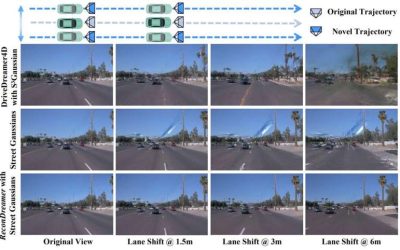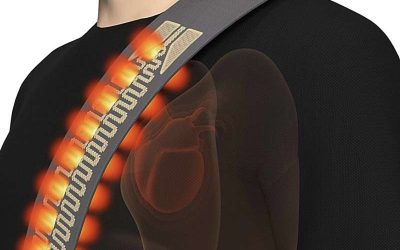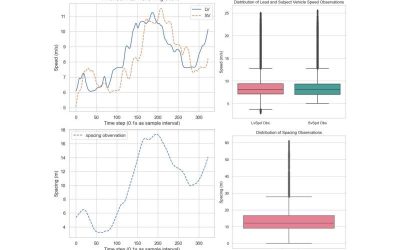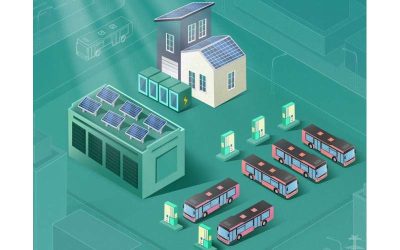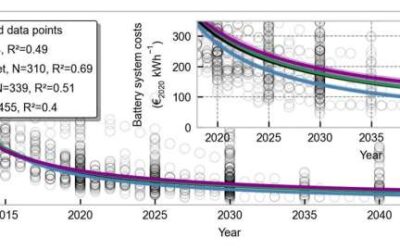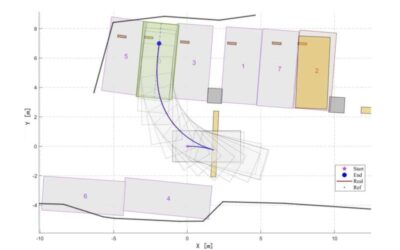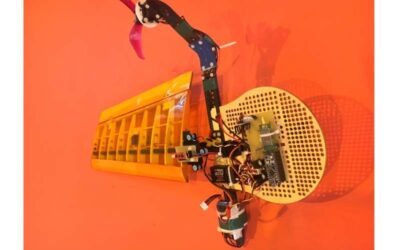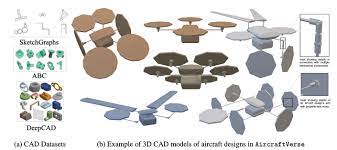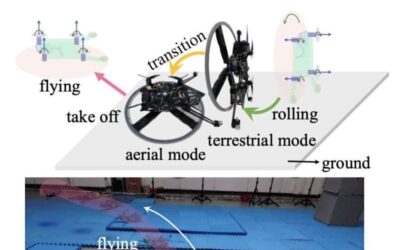Developing vehicles that can operate safely without a human driver has been a key goal of many teams in the AI research community. As only testing autonomous vehicles on real streets would be both unsafe and unfeasible, their underlying algorithms are first trained...
Automotive
Seatbelt-integrated biosensor could reliably track the alertness and stress of pilots and drivers
Over the past decades, electronics and biomedical engineers have developed increasingly sophisticated biosensors, devices that can pick up biological signals from human users. These sensors, which are generally embedded in wearable or implantable technologies, often...
Car-following model based on reinforcement learning could cut fuel consumption
The transportation sector is still among the main sources of air pollution and climate change on Earth, accounting for approximately 59% of oil consumption and 22% of CO2 emissions. Identifying effective strategies to limit the fuel consumed by vehicles could...
Predicting the implications of transforming public transport depots in China into energy hubs
To reduce carbon emissions and mitigate climate change on Earth, governments and companies worldwide have been investing in the electrification of both public transport and private vehicles. China is among the countries that started exploring the electrification of...
Rapidly declining costs of batteries and fuel cells could soon facilitate the electrification of heavy-duty vehicles
The electrification of road vehicles has already begun, with most automotive companies now investing in hybrid and electric cars. While these efforts could contribute to reducing carbon emissions worldwide, they have so far been primarily focused on cars, rather than...
An optimization-based method to enhance autonomous parking
Vehicles that can drive themselves have been a long sought after goal both of robotics research and the automotive industry. While various companies have been investing in these vehicles and testing them, they have so far only deployed them in a limited number of...
A reinforcement learning-based method to plan the coverage path and recharging of unmanned aerial vehicles
Unmanned aerial vehicles (UAVs), commonly known as drones, have already proved invaluable for tackling a wide range of real-world problems. For instance, they can assist humans with deliveries, environmental monitoring, film-making and search & rescue missions.
Efficient single-winged aerial robots with reduced energy consumption
Flying robotic systems have already proved to be highly promising for tackling numerous real-world problems, including explorations of remote environments, the delivery of packages in inaccessible sites, and searches for survivors of natural disasters. In recent...
A large dataset to train machine learning models for aerial vehicle design
Designing reliable aircraft can be both challenging and time-consuming, as it often entails several steps and analyses. Deep learning models could potentially help to speed up aircraft design and deployment, helping developers to identify the most promising solutions...
A hybrid unicycle that can move on the ground and fly
Unmanned aerial vehicles (UAVs), also known as drones, can help humans to tackle a variety of real-world problems; for instance, assisting them during military operations and search and rescue missions, delivering packages or exploring environments that are difficult...

